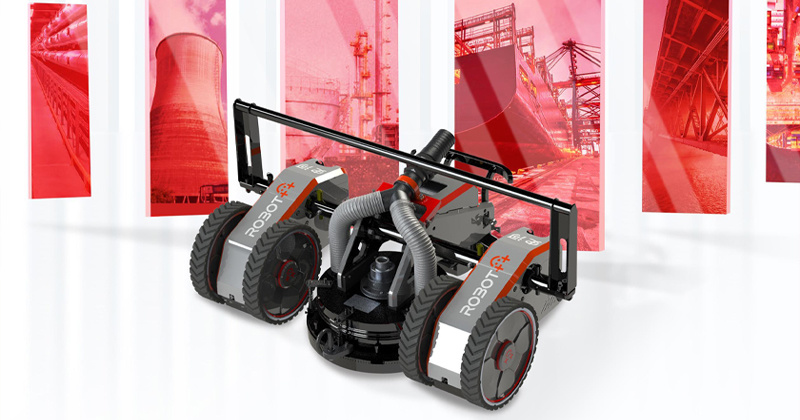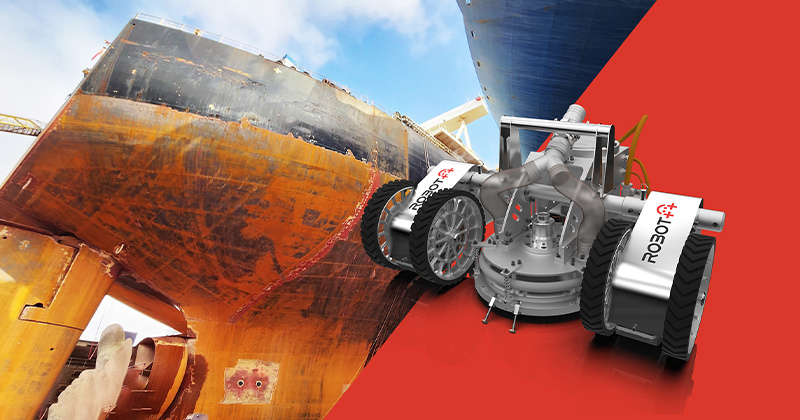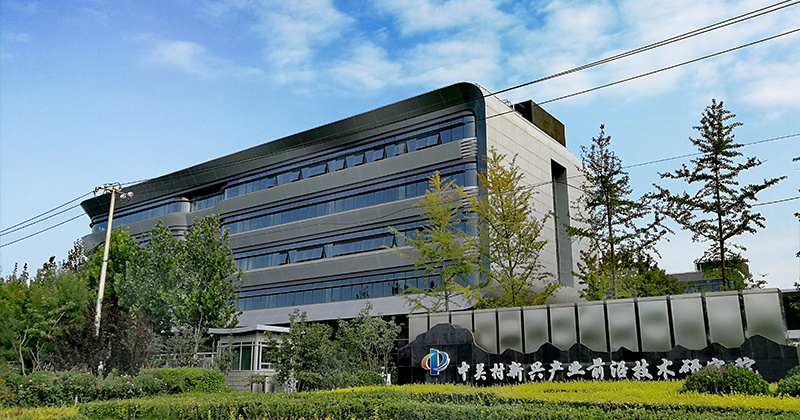Revolutionizing Maintenance: The Role of Oil and Gas Sandblasting Robots
Introduction to Oil and Gas Sandblasting Robots The oil and gas industry constantly faces challenges in maintaining infrastructure and equipment. Traditional maintenance methods can be time-consuming, hazardous, and costly. However, advancements in technology have paved the way for innovative solutions, such as **sandblasting robots**. These machines are revolutionizing maintenance practices, pr
Jun 21,2025
Introduction to Oil and Gas Sandblasting Robots
The oil and gas industry constantly faces challenges in maintaining infrastructure and equipment. Traditional maintenance methods can be time-consuming, hazardous, and costly. However, advancements in technology have paved the way for innovative solutions, such as **sandblasting robots**. These machines are revolutionizing maintenance practices, providing unparalleled efficiency and effectiveness. In this article, we will explore the role of sandblasting robots in the oil and gas sector, their benefits, applications, and the future of robotic maintenance.
What Are Sandblasting Robots?
Sandblasting robots are automated machines designed to perform abrasive blasting tasks with precision and efficiency. Utilizing advanced technology, these robots can clean, strip, or prepare surfaces, making them ideal for maintenance in the oil and gas industry. They employ various abrasive materials, such as sand or garnet, to achieve desired surface finishes.
The Technology Behind Sandblasting Robots
Sandblasting robots integrate several advanced technologies, including:
- **Robotics and Automation**: Equipped with robotic arms and automation systems, these robots can operate autonomously or under human supervision, ensuring consistent results.
- **Sensors and Cameras**: High-resolution cameras and sensors help robots navigate complex environments and adjust their movements based on real-time feedback.
- **Artificial Intelligence**: AI algorithms enable sandblasting robots to learn from previous tasks, optimizing their performance over time.
- **Remote Operation Capabilities**: Many sandblasting robots can be operated remotely, allowing technicians to monitor and control operations from a safe distance.
The Importance of Maintenance in the Oil and Gas Industry
Regular maintenance is crucial in the oil and gas sector to ensure safety, operational efficiency, and regulatory compliance. Neglecting maintenance can lead to equipment failures, safety hazards, and costly downtime. Sandblasting plays a vital role in this process by preparing surfaces for inspections, coatings, and repairs.
Common Challenges in Traditional Maintenance Methods
Traditional sandblasting methods come with several challenges:
- **Safety Risks**: Workers exposed to harmful dust and debris face health risks.
- **Environmental Concerns**: Conventional sandblasting can generate waste and pollution.
- **Time-Consuming Processes**: Manual sandblasting often requires extensive labor and time.
- **Inconsistent Results**: Variability in human performance can lead to inconsistent surface finishes.
Benefits of Using Sandblasting Robots
The adoption of sandblasting robots presents numerous advantages for the oil and gas industry:
Enhanced Safety and Reduced Risks
By automating the sandblasting process, robots reduce the risk of injury to workers. Operators can control the robots from a safe distance, minimizing exposure to hazardous materials.
Increased Efficiency and Productivity
Sandblasting robots can operate continuously without fatigue, significantly reducing maintenance time. This increased efficiency allows organizations to allocate resources more effectively and minimize downtime.
Precision and Consistency in Results
Robots perform tasks with high precision, ensuring uniform surface finishes. This consistency leads to better adhesion of coatings and longer-lasting results.
Cost-Effectiveness
While the initial investment in sandblasting robots may be substantial, the long-term savings are significant. Reduced labor costs, lower material waste, and decreased downtime contribute to overall cost-effectiveness.
Applications of Sandblasting Robots in the Oil and Gas Industry
Sandblasting robots are versatile machines with various applications in the oil and gas sector:
Pipeline Maintenance
Robots can effectively clean and prepare pipelines for inspections and repairs, ensuring their integrity and longevity.
Tank Cleaning and Refurbishment
Sandblasting robots are ideal for cleaning storage tanks, removing rust, and preparing surfaces for coatings.
Offshore Platform Maintenance
In challenging offshore environments, robots can safely perform maintenance tasks, reducing the need for human intervention in hazardous conditions.
Equipment Restoration
Sandblasting robots can restore equipment to its original condition by removing corrosion and preparing surfaces for protective coatings.
The Future of Sandblasting Robots in Maintenance
The future of sandblasting robots in the oil and gas industry looks promising. With continuing advancements in technology, we can expect:
Increased Integration with Other Technologies
The combination of sandblasting robots with other technologies, such as drones and IoT systems, will enhance their capabilities further and improve overall maintenance strategies.
Development of Smart Robots
Future robots may feature enhanced AI capabilities, allowing them to adapt to different environments and tasks more effectively.
Greater Focus on Sustainability
As environmental concerns grow, the industry will likely focus on developing eco-friendly blasting materials and methods, reducing the environmental impact of sandblasting operations.
FAQs About Sandblasting Robots
1. How do sandblasting robots operate?
Sandblasting robots utilize advanced automation and robotic technology to perform abrasive blasting tasks autonomously or with minimal human intervention.
2. Are sandblasting robots safe for workers?
Yes, sandblasting robots enhance safety by allowing operators to control the machines from a distance, minimizing exposure to hazardous materials.
3. What are the main benefits of sandblasting robots?
The primary benefits include enhanced safety, increased efficiency, precision in results, and cost-effectiveness.
4. Can sandblasting robots be used in offshore environments?
Yes, sandblasting robots are ideal for offshore platform maintenance, where they can safely perform tasks in challenging conditions.
5. What is the future of sandblasting robots in the oil and gas industry?
The future includes increased integration with other technologies, development of smart robots, and a greater focus on sustainability.
Conclusion
The integration of sandblasting robots in the oil and gas industry marks a significant step forward in maintenance practices. These advanced machines provide numerous benefits, including enhanced safety, increased efficiency, and cost savings. As technology continues to evolve, we anticipate even greater advancements in robotic maintenance solutions, making sandblasting robots essential tools for the future of the oil and gas sector. Embracing this technology is not just a trend; it's a necessary evolution for maintaining safety, efficiency, and sustainability in the industry.














